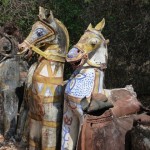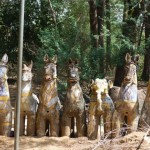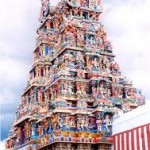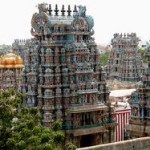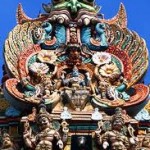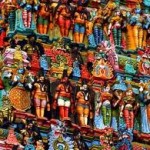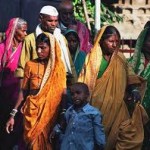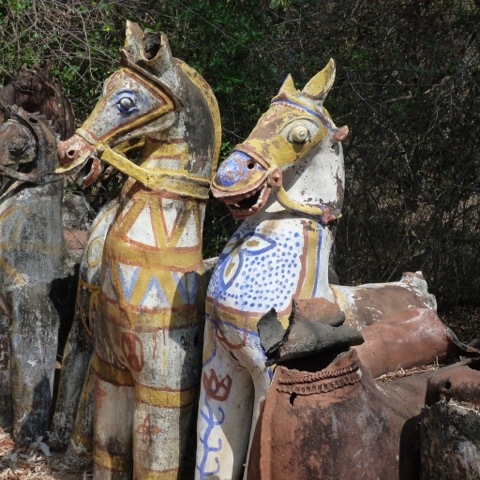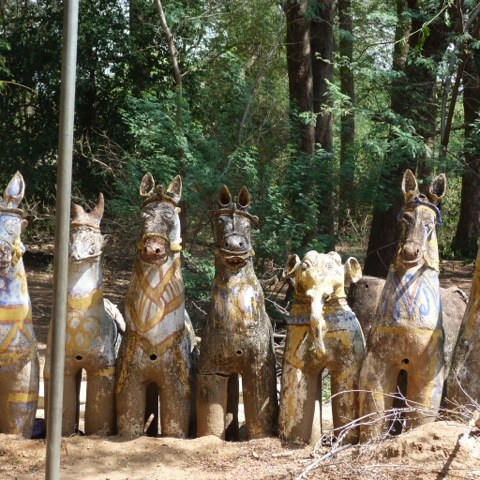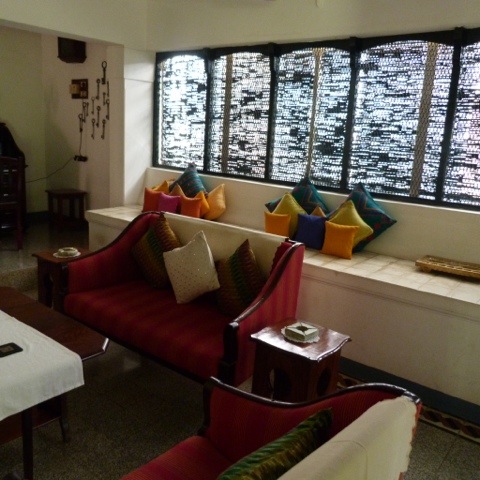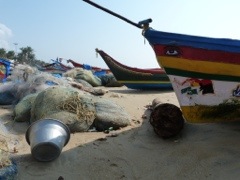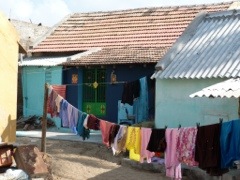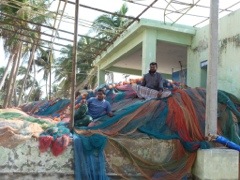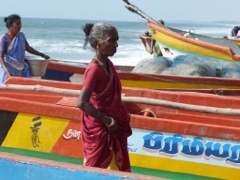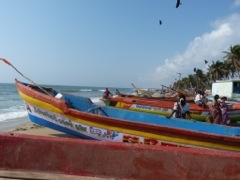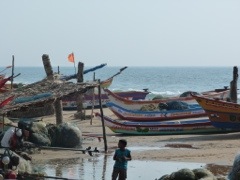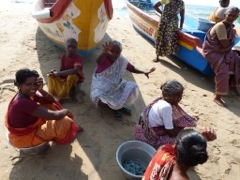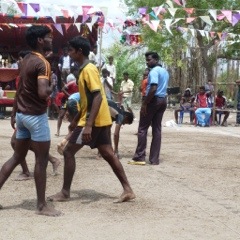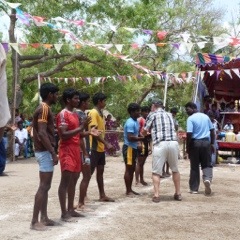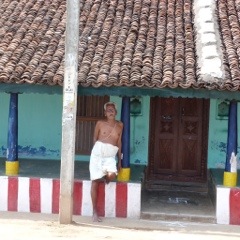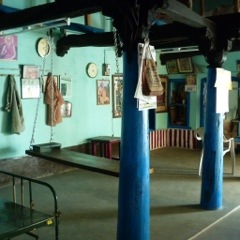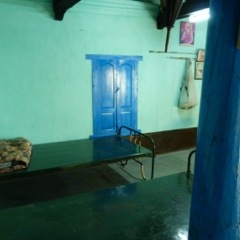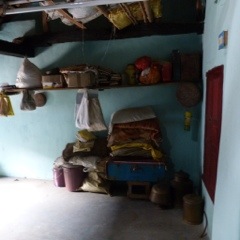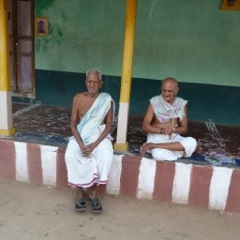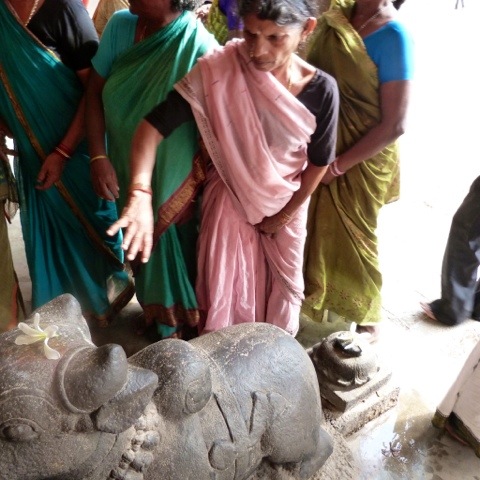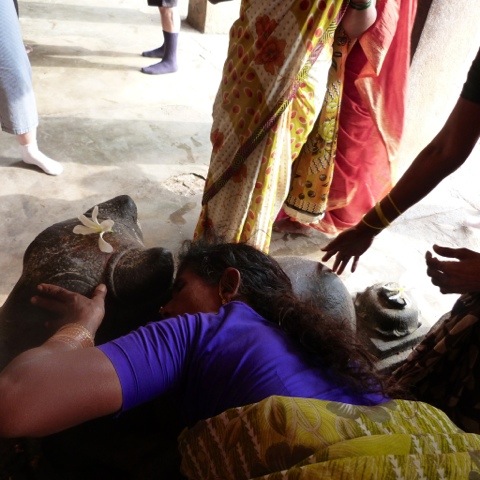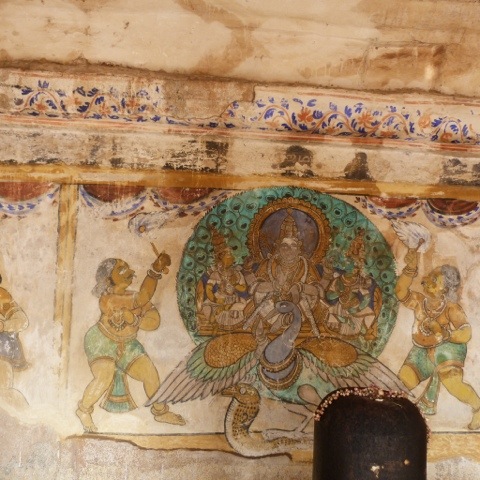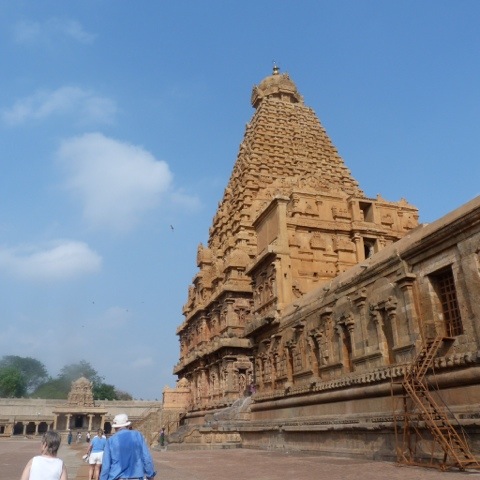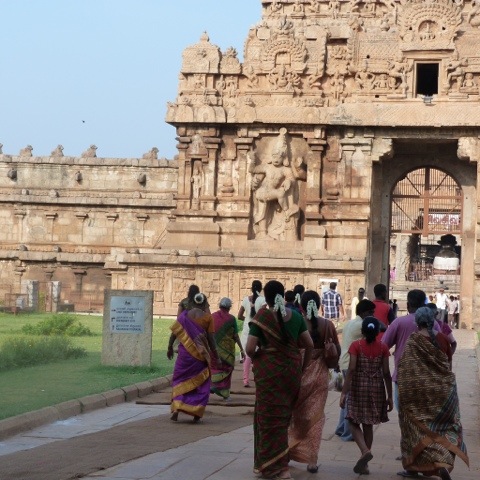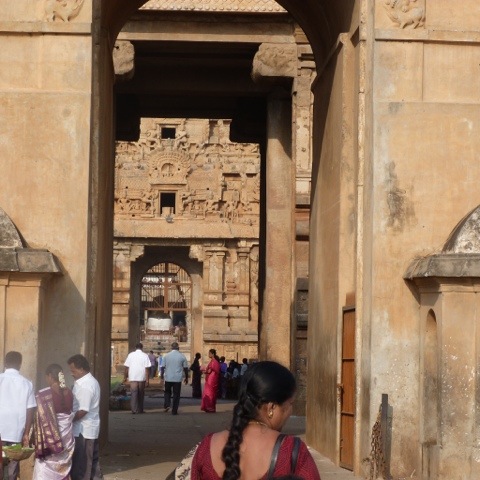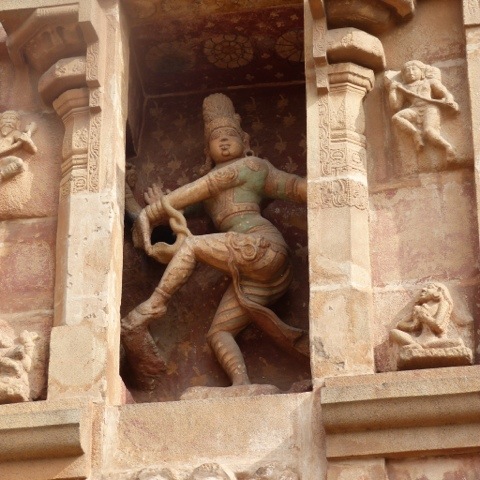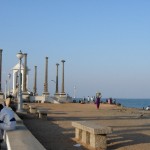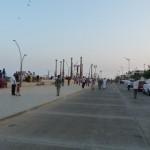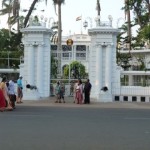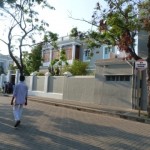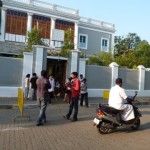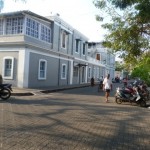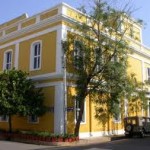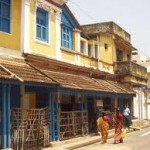Although leaving the state of Tamil Nadu and entering Kerala seems in many ways like going from Arizona into California with all the requisite inspections, the differences are more dramatic. Kerala is lush, green and mountainous region/state whose government places a huge emphasis on environmental impact for all political and business decisions. The absence of litter, garbage and signage is astounding in comparison to the majority of Tamil Nadu. Population in the ghats (mountains) is less dense than in the cities and so litter is not as big a challenge as in the population centers like Kochin.
Tourism is Tamil Nadu’s major industry attracting both Indian and international visitors. Heavy taxation supports many social programs and one the highest literacy rates in India. As we were driving up into the mountains, we passed a small convoy of bullock pulled carts that our driver explained were smugglers who have ancient rights that allow them to circumvent the laws particularly those pertains to interstate transport.
In part because it is such a pleasant and comparatively tranquil area, Kerala is a mecca for traditional India arts including dance. A recent Sunday New York Times Arts article explained that India has at least eight schools of dance that have been officially labeled classical (as well as innumerable folk forms). India’s 20th century of complex political and social history brought most of these forms close to extinction by the 1950s.
Schools of dance in the past were connected to female temple dancers known as devadasis. This legendary caste was surrounded in moral controversies (some were concubines, some were vowed to chastity, some dwindled into prostitution) and now are all essentially defunct. Classical dance forms today are revitalized and well established;they’ve been extensively reconstructed—and inevitably altered—during the last century. Odissi, which came the closest to total oblivion, evolved in the state of Orissa on India’s east coast.
Undergoing a renaissance, Odissi currently is strong. What’s special about Odissi? Its most distinguishing features are its sensuous shifts of weight (creating a series of S-bend curves primarily at knee, torso, and neck), its rhythmic phrasing and its connection to ancient sculptural depictions of dance. Like many of the traditional dance forms of Southeast Asia it derives from the Natya Shastra, the treatise on the performing arts written between 200 B.C. and A.D. 200. Many of these bas-reliefs bear a point-for-point resemblance to the way today’s Odissi dancers move. Yet this ancient form is also a new one. Though once its greatest exponents were the devadasis, their art had dwindled largely to music making by the early 20th century. A separate Odissi lineage was (and remains) that of the gotipuas, boys trained until puberty to dance women’s roles and to perform acrobatic feats and tableaus (it was startling to see two of these troupes rehearsing in Orissa), and a third Odissi strain was a folk tradition. Core features have been codified only in living memory and are still subject to debate. Certainly Odissi’s range and rich beauties deserve to be called classical. Like several other classical forms in India, it has large capacities both for pure form (nritta) and for poetically dramatic expression (abhinaya). At Nrityagram it’s spellbinding, in the abhinaya sections, to watch the dancers’ facial mobility and rapt gestural communicativeness.

